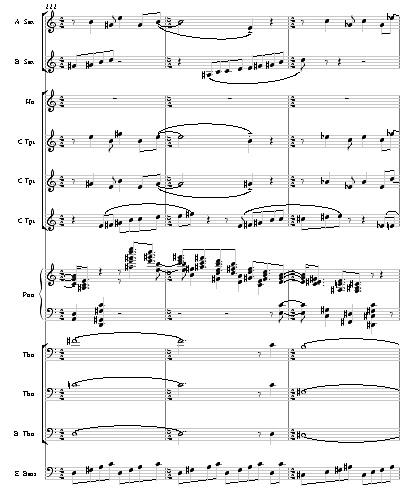
The remainder of May is hereby proclaimed Finish-My-Piano-Concerto-and-Get-On-with-the-Rest-of-My-Life Month, so don’t expect much else from me. The job has taken on the terrible proportions of Alex Ross’s recent book. I’m 18 minutes into a first draft with at least five more minutes to go, and then a deluge of polishing details. I’ll tell you about it soon, but everything beyond its barlines is outside my focus for a while.


 One of my coolest gigs ever begins a week from tonight.
One of my coolest gigs ever begins a week from tonight.